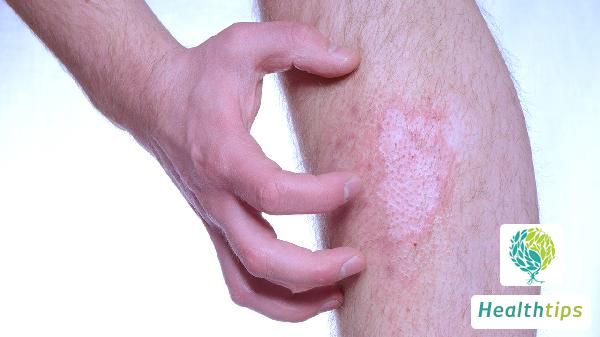Does bone spur cause neck pain?
Bone Hyperplasia and Neck Pain

Patients with bone hyperplasia, also known as bone spur or osteophytosis, a bony outgrowth formed along the edges of normal bones, typically do not experience neck pain. The pathogenesis of bone hyperplasia may be related to pathological factors and biomechanical factors, among others.
1. Pathological Factors: With advancing age, especially among individuals engaged in heavy physical labor, athletes, fitness trainers, and similar professions, tendon injuries and bone wear can occur, leading to bone hyperplasia in local muscles, ligaments, cartilage, and other tissues. The resultant bone growth may irritate surrounding healthy tissues, causing pain.
2. Physical-Mechanical Factors: Stress-induced bone spurs or sterile inflammation can develop in areas of the normal skeleton that are subjected to prolonged forces, damaging surrounding soft tissues and potentially resulting in neck pain.
3. Others: Vertebral instability caused by congenital or acquired factors can lead to abnormal wear, compromising atlantoaxial joint stability and causing neck pain. In patients with autoimmune diseases such as rheumatoid arthritis or ankylosing spondylitis, symptoms like neck pain and limited mobility may arise. Similarly, cervical disc herniation or nerve root-type cervical spondylosis, which compress or irritate nerves innervating the neck, can cause varying degrees of pain in the nerve-dominated areas.
Upon experiencing neck pain, it is recommended to seek medical attention promptly. If pain symptoms are pronounced, patients can take non-steroidal anti-inflammatory drugs (NSAIDs) such as ibuprofen or diclofenac as prescribed. Furthermore, physical therapies like hot compresses, massages, and acupuncture can help alleviate neck pain. In daily life, patients should avoid exposing their necks to cold to prevent pain exacerbation.



















